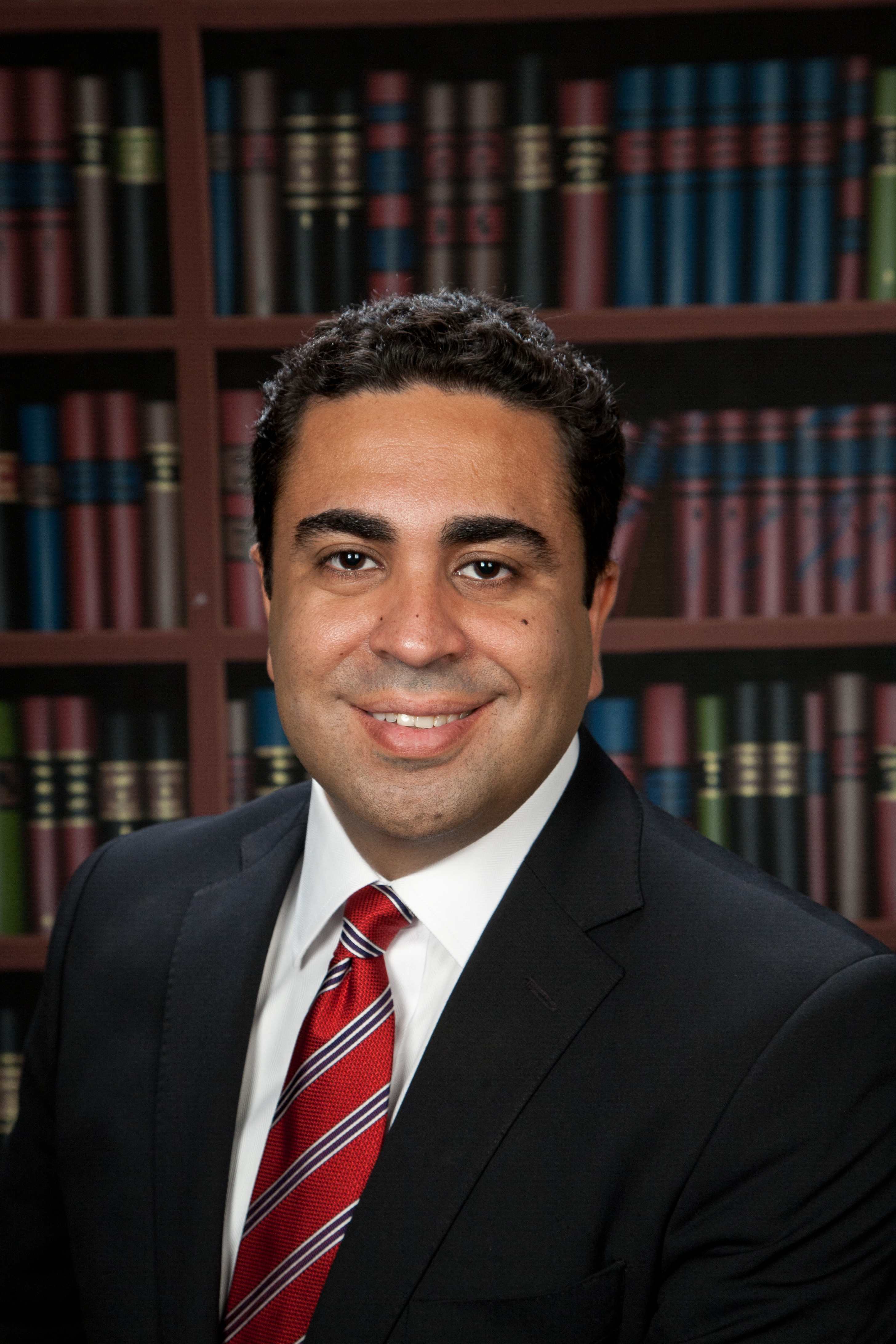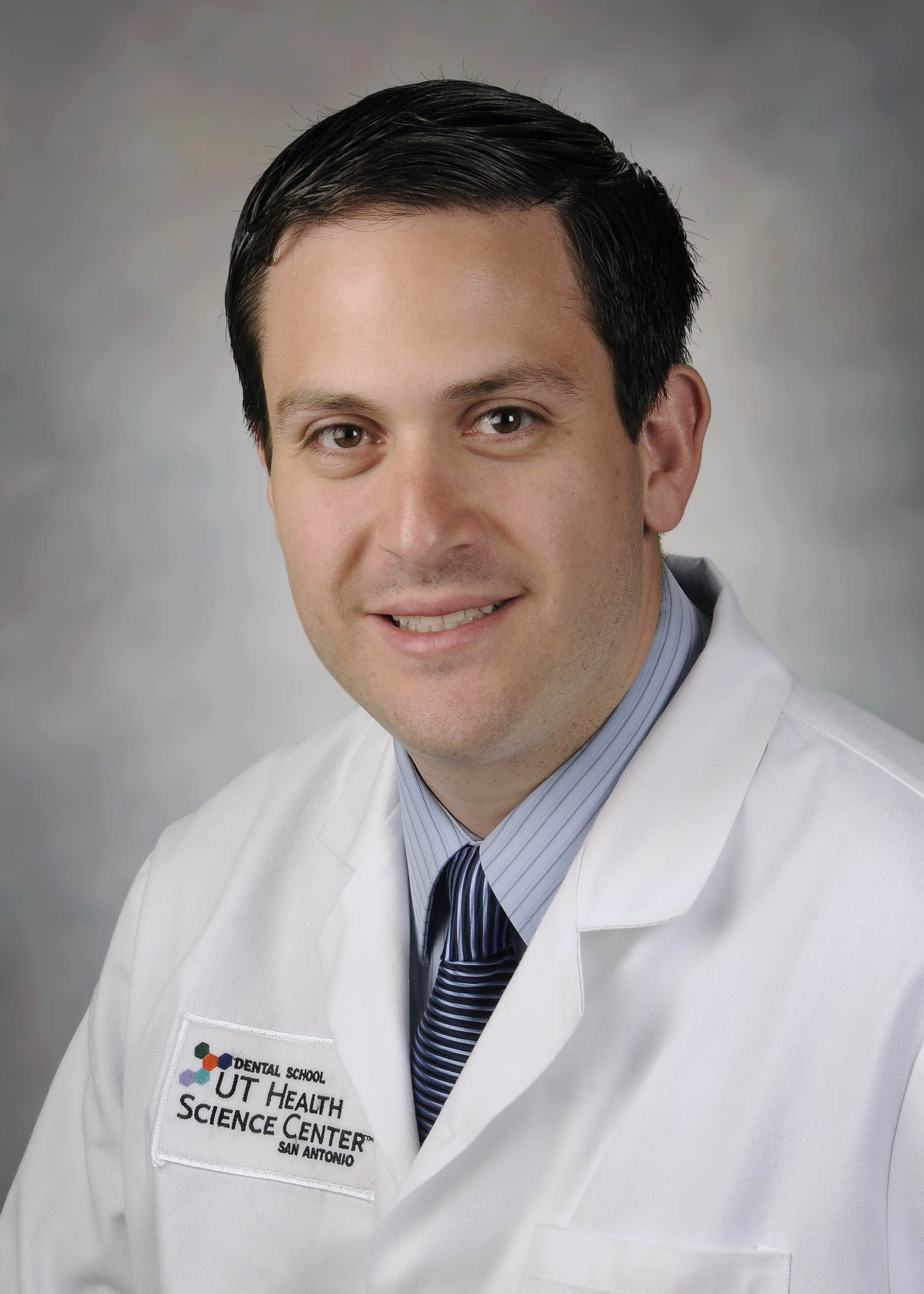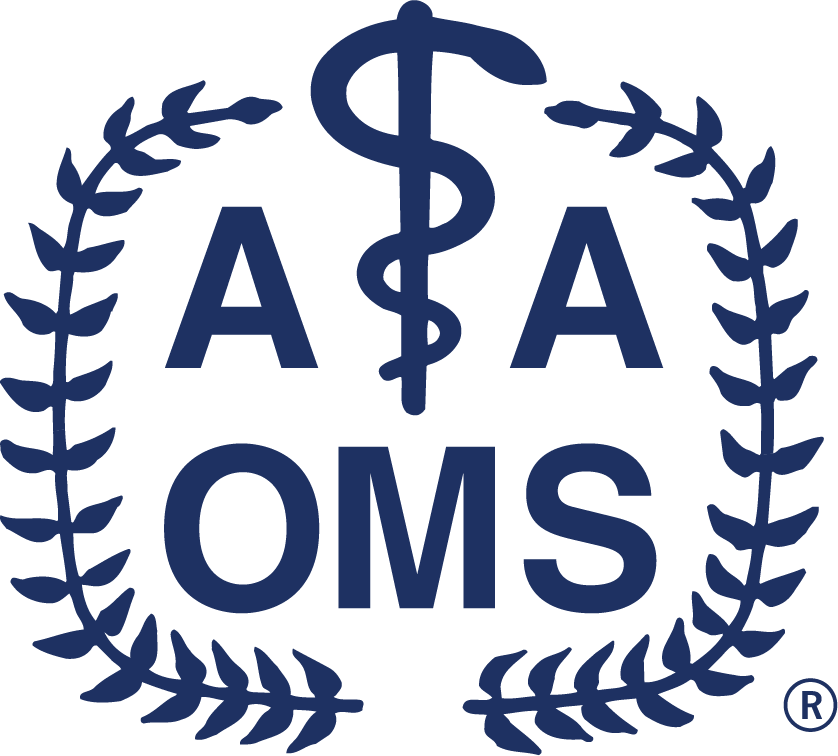
Management of the Ramus Condyle Unit in the Patient with Hemifacial Microsomia
-
You must log in to register
- Member - $50
- Resident Member - Free!
- Allied Staff Member - $50
- Professional Staff Nonmember - $100
- Other Nonmember - $100
Hemifacial microsomia (HFM) is a specific condition that describes the unilateral incomplete or hypoplastic development of the facial soft tissues, ear and skeleton. HFM is the second most common facial birth defect after cleft lip and palate with incidences ranging from 1 in 3,500 live births. Traditional methods for reconstructing the absent joint and ramus in HFM include autogenous bone grafts, distraction osteogenesis and alloplastic reconstruction. The focus of this lecture is to discuss the condition and its treatment options.
Learning Objectives
At the conclusion of this program, participants should be able to:
- Explain when and how to manage the TMJ and resultant skeletal deformity in patients with hemifacial microsomia.
- Describe when and how to reconstruct the TMJ in patients with hemifacial microsomia using costochondral grafting or a total joint prosthesis.
- Identify the long- and short-term results as well as pitfalls of costochondral grafting vs alloplastic reconstruction in the HFM patient.
George Zakhary, DDS, MD, FACS
UCSF Fresno
Fresno, CA
Relevant Conflict of Interest Disclosure: No Relevant Conflict of Interest Disclosures were reported.
Daniel Perez, DDS, MS
UT Health San Antonio
San Antonio, TX
Relevant Conflict of Interest Disclosure: No Relevant Conflict of Interest Disclosures were reported.
An Internet-based CME Activity
Original Release Date: September 19, 2019
Review Date: May 14, 2022
Expiration Date: May 14, 2025
Estimated time to complete this educational activity: 0.75 hours
Method of participation: Self-Study

George M. Zakhary, DDS, MD, FACS
Assistant Professor, UCSF Fresno Dept of OMS, Pediatric Cleft Craniofacial
George M. Zakhary DDS, MD, FACS
Assistant Professor
UCSF Fresno Deptartment of Oral & Maxillofacial Surgery
Medical Director UCSF Fresno CRMC Cleft & Craniofacial Team

Daniel E. Perez, DDS, MS
Associate Professor & Program Director, UT Health San Antonio
Dr. Daniel Perez is currently the program director and an Associate Professor in the Department of Oral & Maxillofacial Surgery at the University of Texas Health Science Center at San Antonio. Dr. Perez was born in San Jose, Costa Rica where he obtained his dental degree from the University of Costa Rica. He completed his residency at the Pontificia Universidad Javeriana. After that he returned to Costa Rica and that same year was accepted in a fellowship program in Orthognathic and TMJ Surgery under the supervision of Dr. Larry M. Wolford at Baylor University Medical Center in Dallas. He then completed and moved to San Antonio to join the program. Dr. Perez's field of interests includes: trauma, facial reconstructive surgery, temporomandibular joint disorders, sleep apnea, and orthognathic surgery among others.
Continuing Education Provider Approval
The American Association of Oral and Maxillofacial Surgeons is an ADA CERP Recognized Provider.
ADA CERP is a service of the American Dental Association to assist dental professionals in identifying quality providers of continuing dental education.
ADA CERP does not approve or endorse individual courses or instructors, nor does it imply acceptance of credit hours by boards of dentistry.
The American Association of Oral and Maxillofacial Surgeons designates this activity for 0.75 continuing education credit(s).
AGD - Accepted Program Provider
FAGD/MAGD Credit
11/1/22-12/31/26
Provider ID# 214680
The American Association of Oral and Maxillofacial Surgeons (AAOMS) is accredited by the Accreditation Council for Continuing Medical Education (ACCME) to provide continuing medical education for physicians.
The American Association of Oral and Maxillofacial Surgeons designates this internet-based enduring material for a maximum of 0.75 AMA PRA Category 1 Credit(s)™. Physicians should claim only the credit commensurate with the extent of their participation in the activity.


